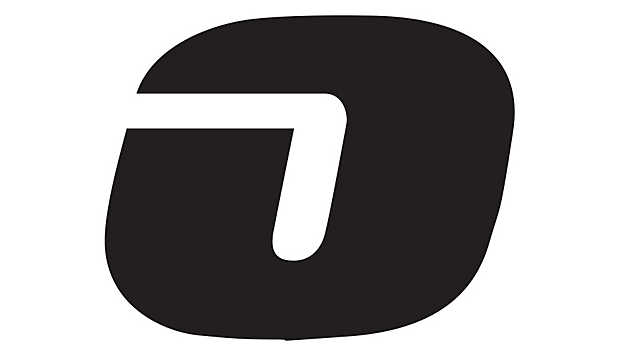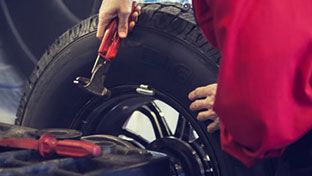The speed rating tells you the speed the tire can safely maintain over time. A higher speed rating usually means you will have better control and handling at higher speeds - and that the tire can take the extra heat. As a general rule, tires with higher speed ratings also handle better at slower speeds.

The U.S. Department of Transportation (DOT) set the ratings scale, shown below. But tire makers test their own tires and assign their own speed ratings. On the sidewall of every tire, you'll find one of these speed rating codes:
- M - Up to 81 mph
- N - Up to 87 mph
- P - Up to 93 mph
- Q - Up to 99 mph
- R - Up to 106 mph
- S - Up to 112 mph
- T - Up to 118 mph
- H - Up to 130 mph
- V - Up to 149 mph
- W - Up to 168 mph
- Y - Up to 186 mph
- Z - (See Below)
What does 'Up to 99 mph' really mean?
Tires with a Q speed rating can safely sustain speeds of up to 99 miles per hour. The tire may be able to reach higher speeds, but going faster than 99 mph for any length of time is not safe. The tire is not designed to handle the stresses.
What is a Z Rating?
For tires rated above 149 mph, a Z rating may appear in the size designation.
Safety and Speed Ratings
- When you get new tires, choose tires with at least the speed rating your car or truck's manufacturer recommends. It's ok to move up to a higher speed-rated tire, but don't go lower.
- The speeds shown are test speeds; they are not recommended speeds. Please obey speed limits. We want you to be safe.
